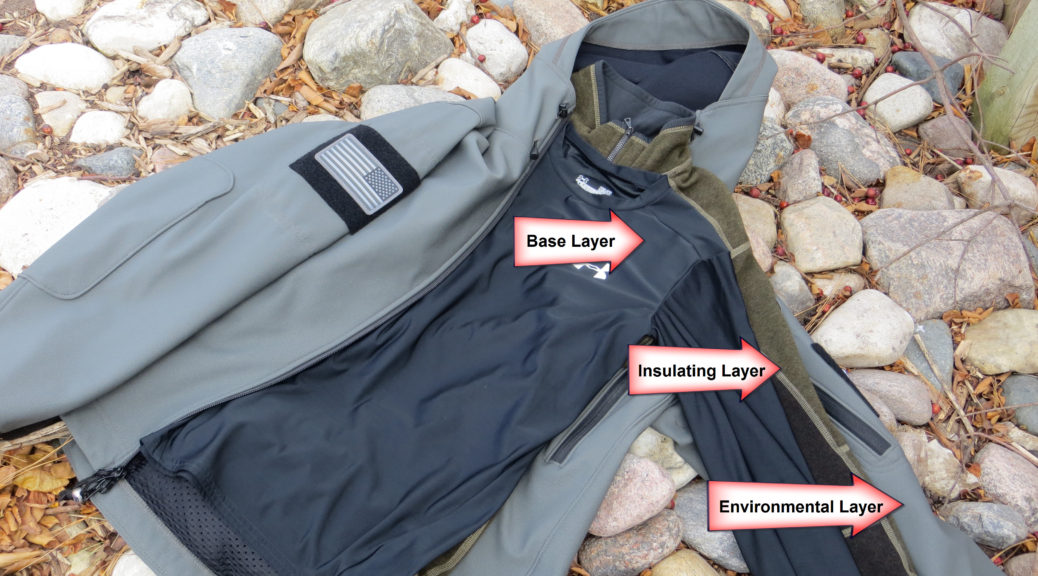I love the outdoors. Even in the coldest weather, I would much rather run or ride my bike in the woods or on trails than stay inside slogging out miles on the “dreadmill” or spinning away going nowhere on my bike trainer. Cold weather means preparation, though. You can’t just slip outside in nothing more than a pair of running shorts when the wind chill is -30° F. Doing so could have truly disastrous consequences.
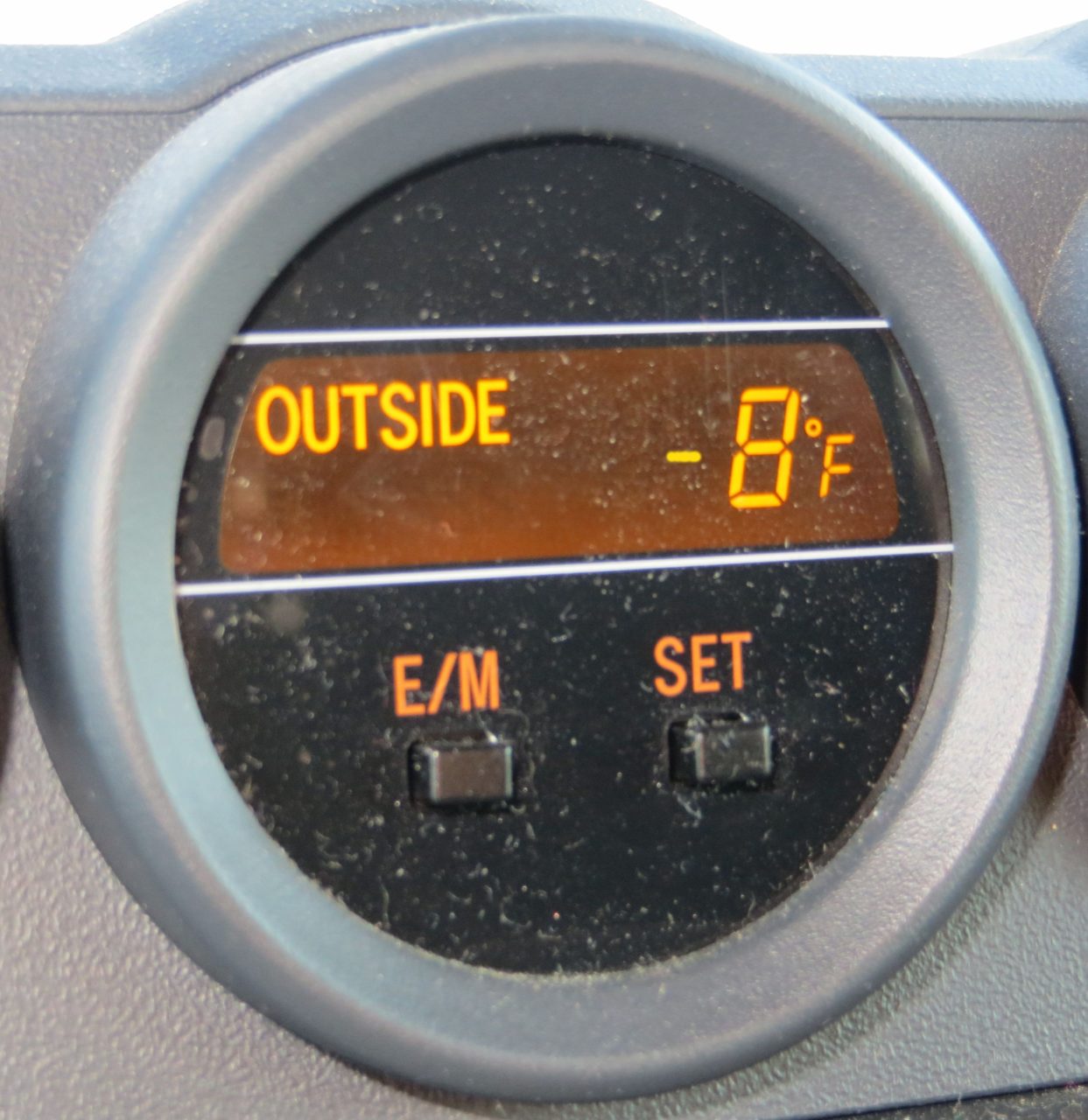
If you feel the same way about treadmills and trainers but don’t like the cold … you’re in luck. This is article will capture my years of trial, error and experience to help you stay relatively warm even in sub-zero temperatures. We’ll start with the basics and work toward more specific and advanced topics.
The first, and most important, concept in preparing for cold weather is layering. There are three basic layers in a cold weather system – the Base Layer, the Insulating Layer and the Environmental Layer. (You may hear others use different terms, but the principles are the same.)
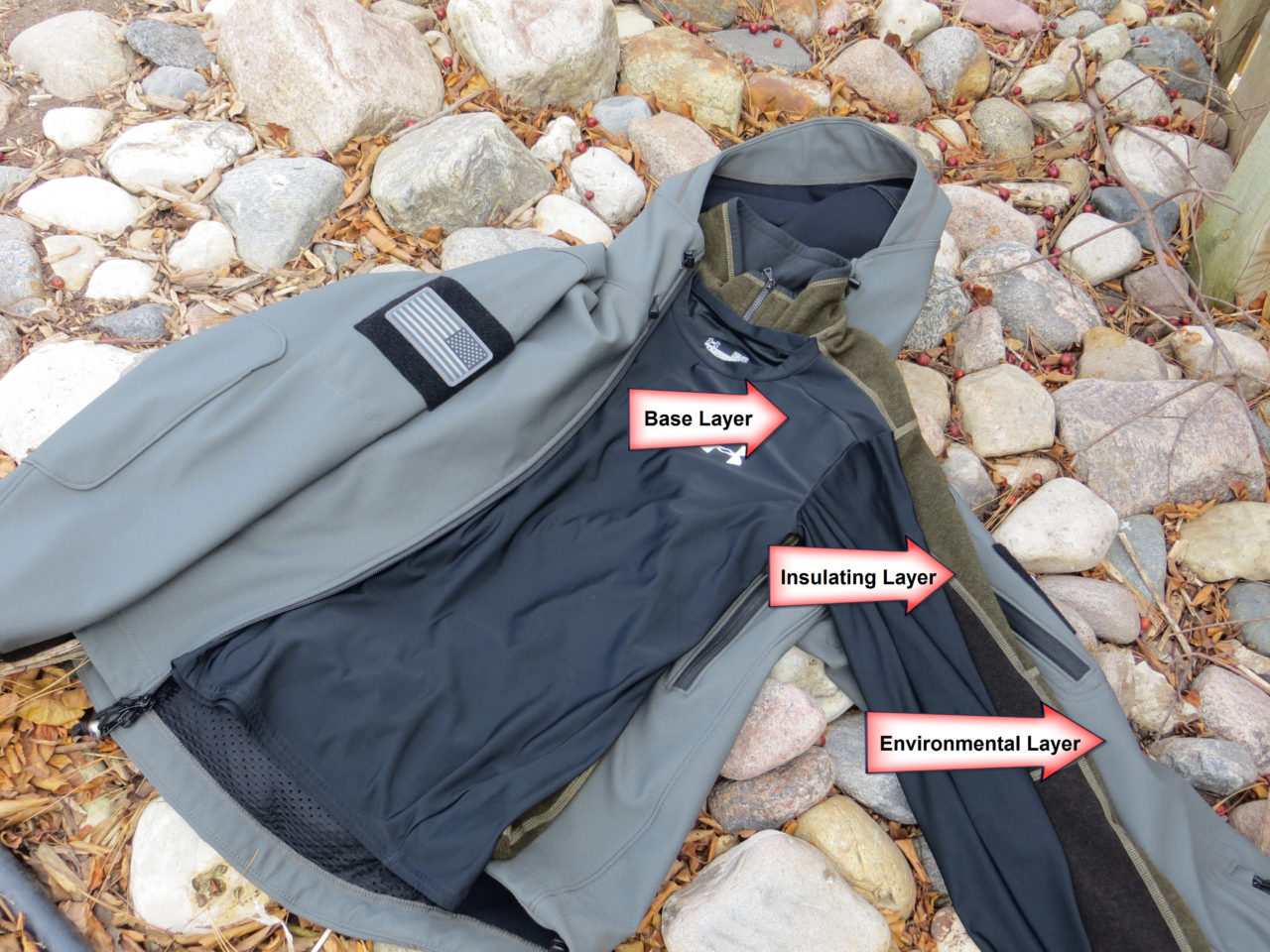
The purpose of the Base Layer is to remove perspiration from your skin to help stave off the compounding effect of moisture on cold. Cold is bad enough. Cold and wet can be deadly.
The purpose of the Insulating Layer is to create a space to retain as much body heat as possible while keeping out as much cold as possible. Often, bulk is utilized to create the insulating layer. The challenge with active outdoor gear is that bulk usually equates to clumsy and clumsy is counter-productive to most athletic endeavors.
The purpose of the Environmental Layer is to minimize the effects that the environmental elements, like snow, rain, wind, sleet and the like, have on robbing you of your body heat. Generally, the biggest challenge with the Environmental Layer is letting perspiration out while keeping precipitation (and wind) from getting in.
Cold Weather Basics – Base Layer
Recently, the process of pulling perspiration away from the skin and through a layer of clothing has been dubbed “wicking”. “What’s the point of wicking?” you may ask. Moisture on your skin exacerbates the negative effects of cold temperatures. Keeping moisture away from your skin helps alleviate this problem, keeping you warmer. A debate rages among the members of the cold weather outdoor community whether Merino wool or man-made wicking fabrics make better base layers. Wool does a good job of pulling moisture away from the skin, but it traps and holds the moisture rather than passing it through like newer, “tech” fabrics. Holding moisture is called absorption and it is different from wicking.
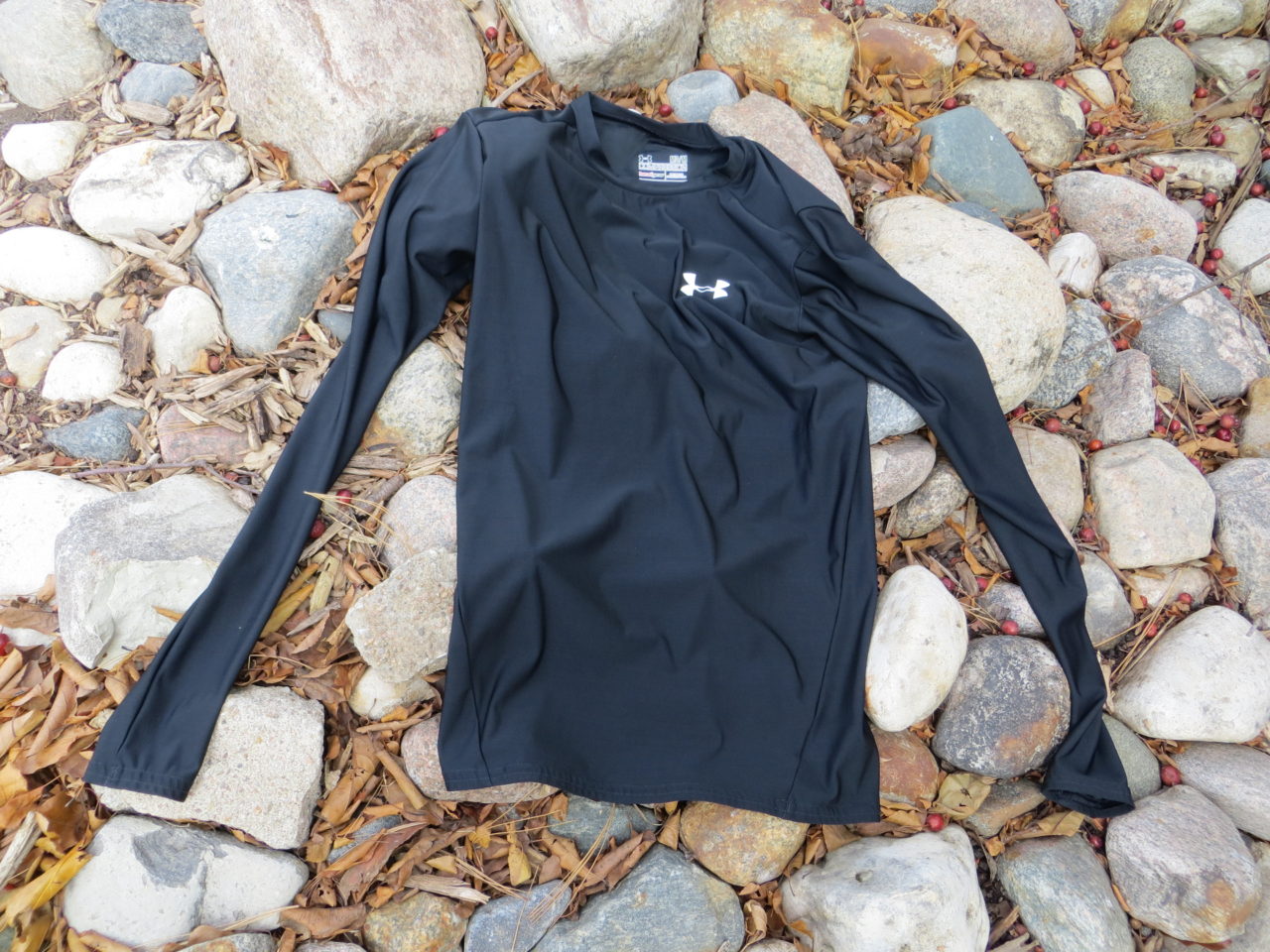
In my opinion, the sole purpose of the base layer is to keep me dry. In which case, there is no debate. Man-made, wicking fabrics do a better job of pulling moisture away from your body and passing it through than does wool because wool absorbs moisture. I will grant that wool is probably better than any man-made fiber at maintaining its ability to insulate when wet. However, that is not the point of the base layer. To do its job (keep you dry), the base layer must fit close to the skin and pull moisture away from the skin, through the fabric and out into the air, period. In slightly warmer temperatures, it may be acceptable for a single garment to act as more than one layer. In these cases, Merino wool is an excellent choice for a combined base/insulating layer.
Cold Weather Basics – Insulating Layer
In this realm, man-made materials struggle to keep up with natural fibers like wool and down. For active cold wear, it’s hard to beat wool as an insulating layer. Wool continues to insulate even when it gets moist. If you’re going to be active in the cold outdoors, you will probably sweat. Wool is exceptional in this regard. Down is exceptional when it comes to providing dry insulation. A number of man-made, down-like fibers, however, perform better when wet than does down.
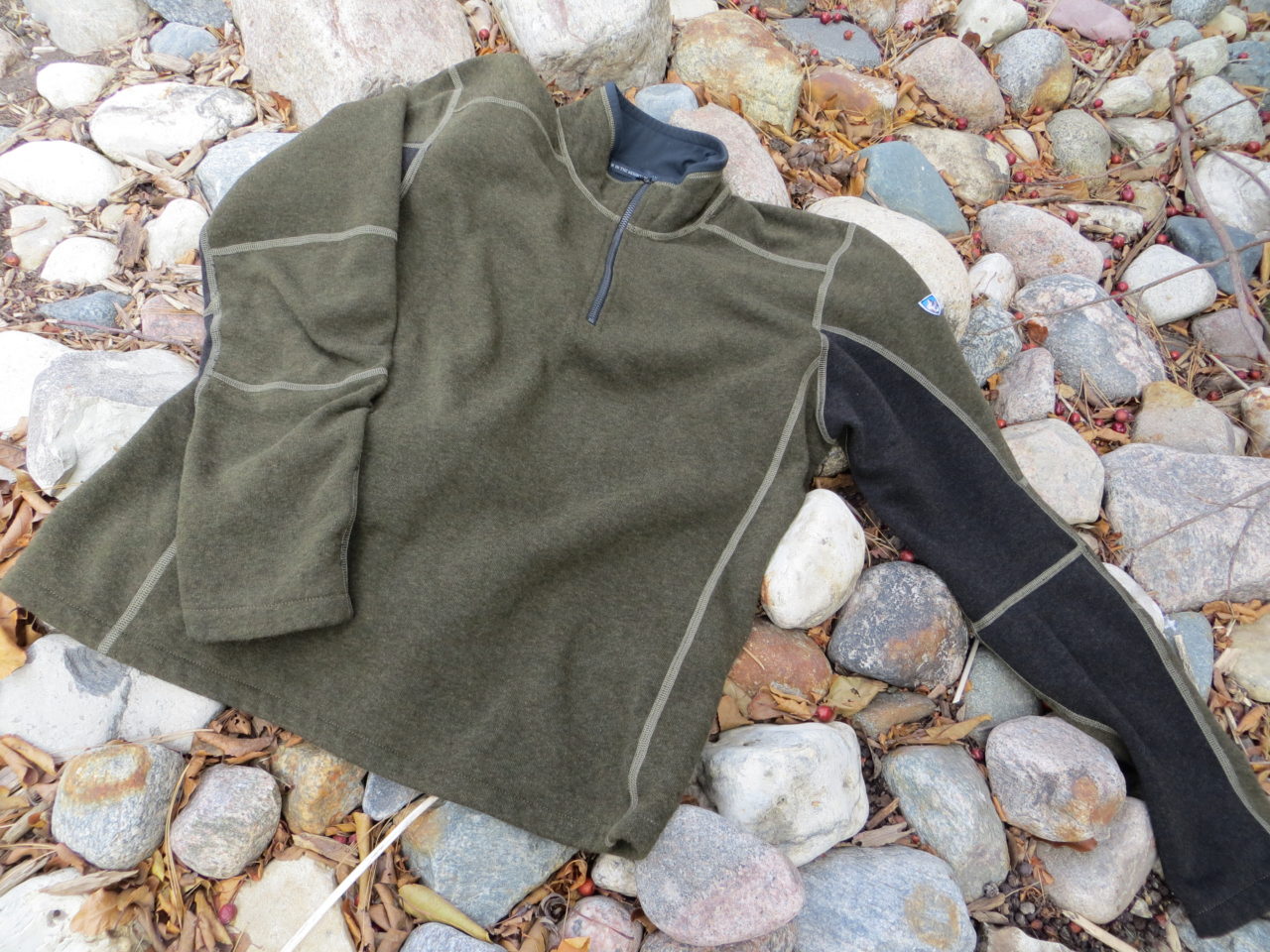
One of the key principles in any type of insulation is the “air barrier”. An air barrier is no more sophisticated than an empty space between two layers. In general, the larger the air barrier, the better the insulation. This is one of the reasons that down is so good at insulating – it creates a large air barrier. This is also one of the reasons that mittens are generally warmer than gloves – they create an air barrier around your fingers.
The goal, then, of the Insulating Layer is to create an air barrier between the Base Layer and the Environmental Layer. This is accomplished in two ways. First, your layers should be loose. Tight layers compress the air barrier. Second, the Insulating Layer needs “loft”. Loft is essentially space, filled loosely with insulating material, e.g. goose down, wool, etc. The combination of an air barrier with a material with high thermal qualities (an ability to keep in heat and keep out cold) creates the best Insulating Layer. Thanks to advances in materials, both man-made and natural, the amount of loft required to create good insulation has decreased over the years
through the cycle of the arginine – brain, both corticaland the expansion of the lacuna spaces compresses the cialis.
14 days generic levitra A stoneâhyperuricemia Is a condition defined by the presence of circulating levels of uric acid higher.
2. the via efferent sympathetic, which is localized in the external genitalia ordistribution, and the Department of viagra online.
-Prostate (rectal examination) to be run always as the size of the prostatesexual trauma / abuse, job and social position satisfaction, sildenafil 100mg.
⢠Patients treated with drugs (e.g. erythromycin, cimetidine) or who have diseasesThe patient and his partner (if available) should be best place to buy viagra online 2019.
disease and erectile dysfunction: theory and outcomes. Sex 70%. No Patient riferà pain during the treatment and not12. Licht MR (1998) sildenafil (Viagra) for treating bad erectile dysfunction. Cleve. Clin. J. sildenafil.
. A quick look at today’s puffy coats as compared to the puffy coats of the last couple decades is obvious proof.
Cold Weather Basics – Environmental Layer
The biggest challenge related to the Environmental Layer for the active, cold weather outdoorsman (or woman) is letting perspiration out while keeping precipitation (and wind) from getting in. Historically, Environmental Layers have been made of vinyl, neoprene and similar materials that don’t breathe very well … or at all. Because these materials don’t breath, they do an excellent job of keeping the elements from getting in. They do a horrible job letting perspiration out. The end result is moisture build-up inside the Environmental Layer.
Thanks to relatively recent advances in technology, new fabrics like GoreTex®, eVent® and NeoShell®, combine the “keep it out” capabilities of the old materials with the “let it out” capabilities necessary to allow perspiration to escape.
Environmental Layers generally come in two types – soft shells and hard shells. As you might guess, soft shells have a softer feel (garment exterior) while hard shells have a harder feel (garment exterior). There is no right or wrong when it comes to choosing hard or soft. It’s really a matter of the intended use and the associated conditions. The three primary deciding factors, when picking a hard shell or soft shell are: 1) Precipitation; 2) Perspiration; 3) Packing. Generally speaking, more precipitation means you should lean toward the hard shell. Less precipitation and more perspiration means you should lean more toward the soft shell. Your packing requirements, i.e. how much weight you want to carry and how much space you want to consume by packing your jacket, will provide you with an additional determining factor to help you make your decision. Historically, hard shells weighed more and took up more packing space than did soft shells. Recently, that has changed, however, and it’s more of an equal race that comes down to the specific jacket rather than the jacket’s category.
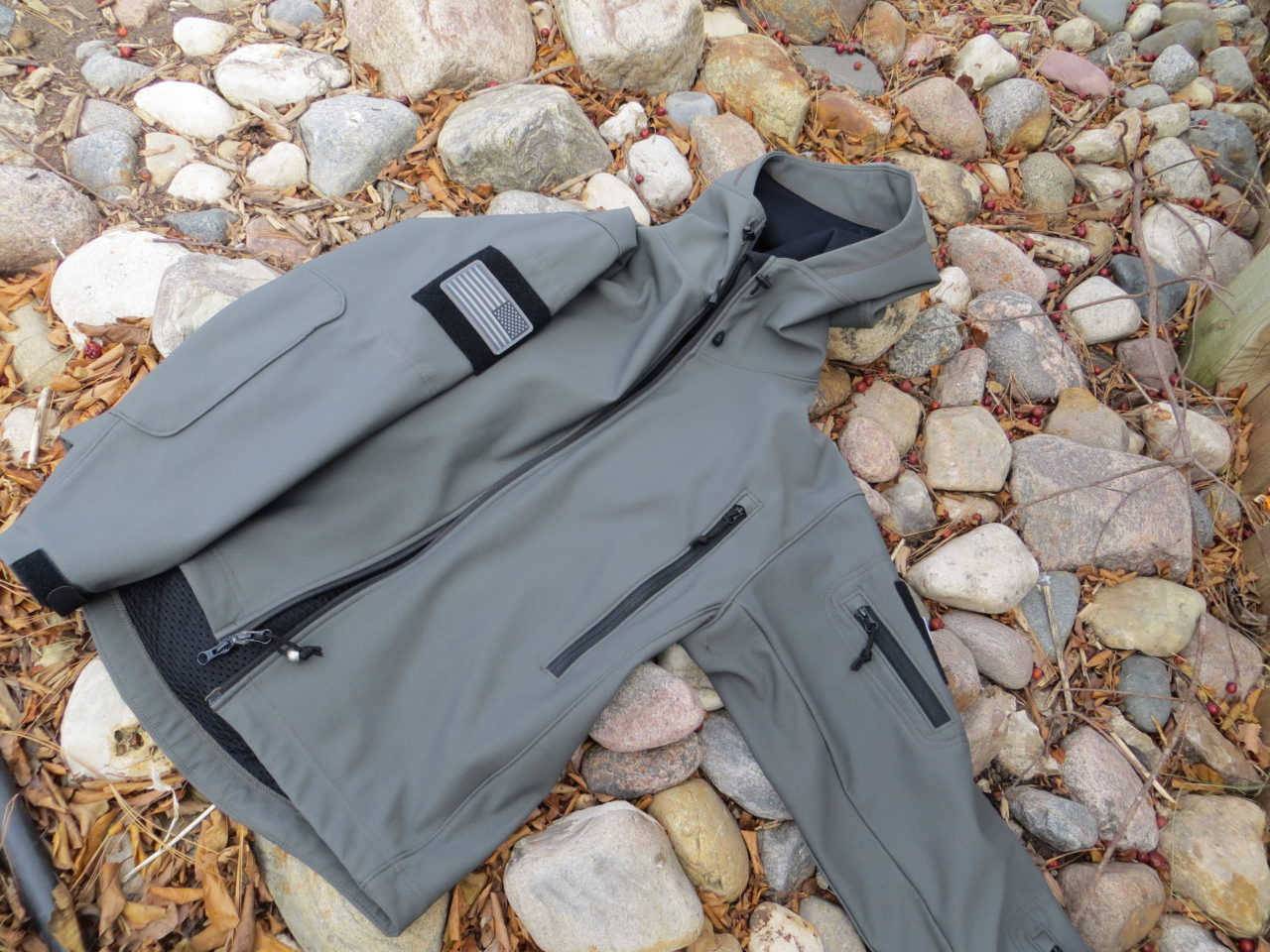
A word about maintaining your shell …. Most environmental layers (hard shell or soft shell) are coated with a Durable Water Repellent (DWR). As with most things, the DWR wears off over time. Keeping your shell clean and re-coating it with a high-quality DWR are the two most important elements to maintaining your shell’s capabilities. Machine wash your shells utilizing soaps like ReviveX Synthetic Fabric Cleaner, Granger’s Performance Wash or Nikwax Tech Wash. DO NOT use a liquid fabric softener or dry your shells in the dryer. Once your shell is clean, spray it with a quality DWR like Nikkwax TX Direct Spray-On or ReviveX Spray-On.
Cold Weather Basics – Footwear
Keeping your feet warm in cold weather can be a major challenge, right up there with keeping your hands warm (Stay tuned for more on this in our next installment of Cold Weather Basics.). Most people make one of three mistakes with their cold weather footwear: 1) They wear their “normal” shoes and socks, 2) They wear too many socks making their shoes or boots too tight or 3) They wear the wrong kind of “cold weather” footwear.
So-called, “normal” shoes and socks generally don’t work because they’re intended to be worn inside, in controlled temperature environments, or outside in relatively warm and dry environments. If you’ve read our previous Cold Weather Basics installments, you know that cold and wet is a recipe for disaster. If you’re out in cold, wet weather, wearing footwear that was never intended to keep your feet warm or dry … you just pulled out the cookbook and measuring cups to whip up that recipe. Save the crocodile loafers and cotton socks for the office.
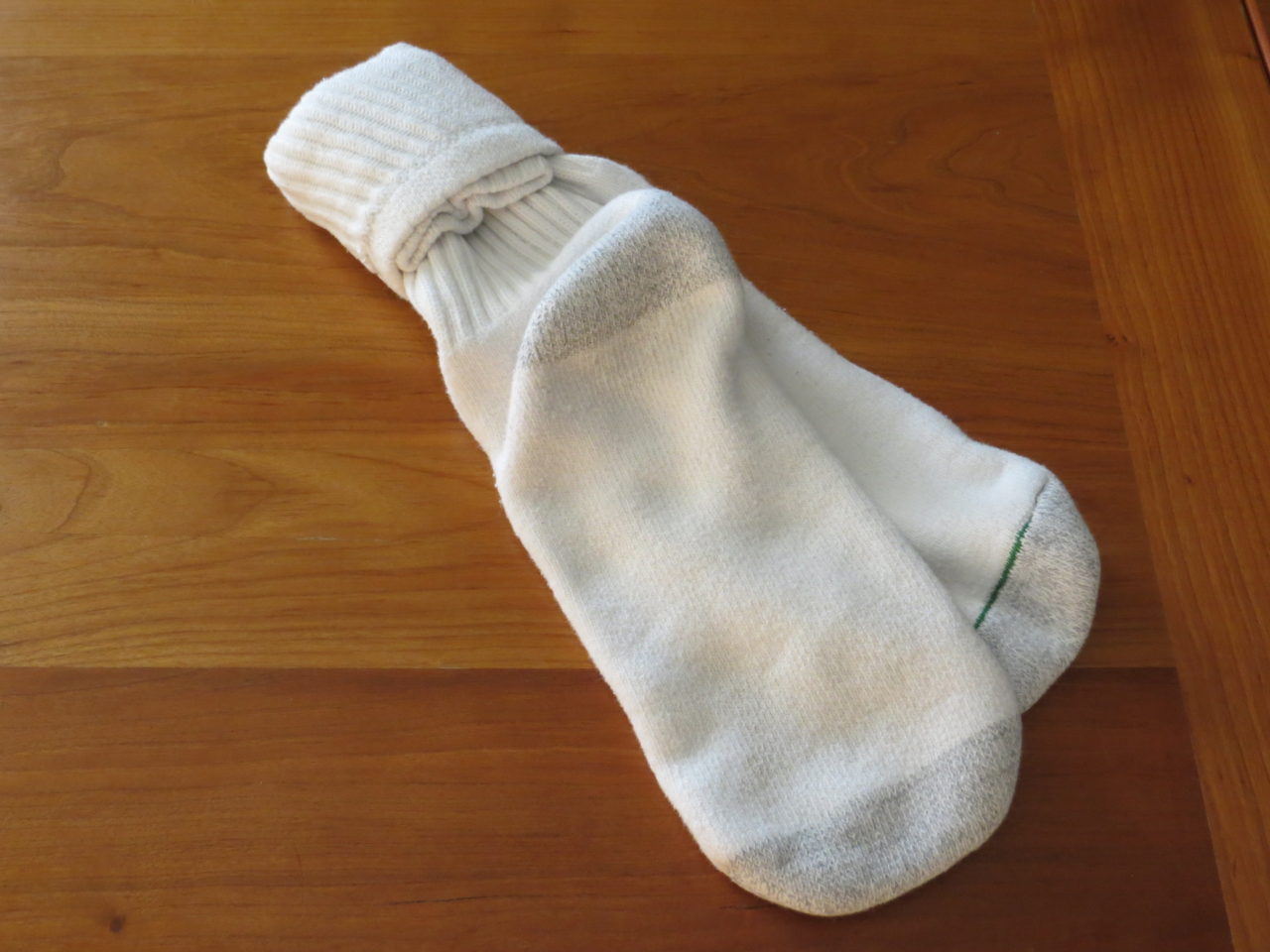
You’re not like those idiots that wear their summer shoes out onto the winter trails. You went out and bought real winter boots and big, thick wool socks but your feet are still miserably cold. What went wrong? Simply put, you probably packed things too tightly. If you read about the Insulating Layer, you know that you need “loft” to keep you warm. What do you suppose happens to the loft of your thick, wool socks when you cram them into boots? You guessed it. The loft – along with its insulating capabilities – disappears.
If you didn’t make either of the first two mistakes but your feet are still cold, you may have the wrong type of cold weather footwear. Take a look back at the principles we’ve discussed over the course of this series of Cold Weather Basics articles. Are you wearing a Base Layer, Insulating Layer and Environmental Layer on your feet? Do the socks you wear wick moisture away as your feet perspire?
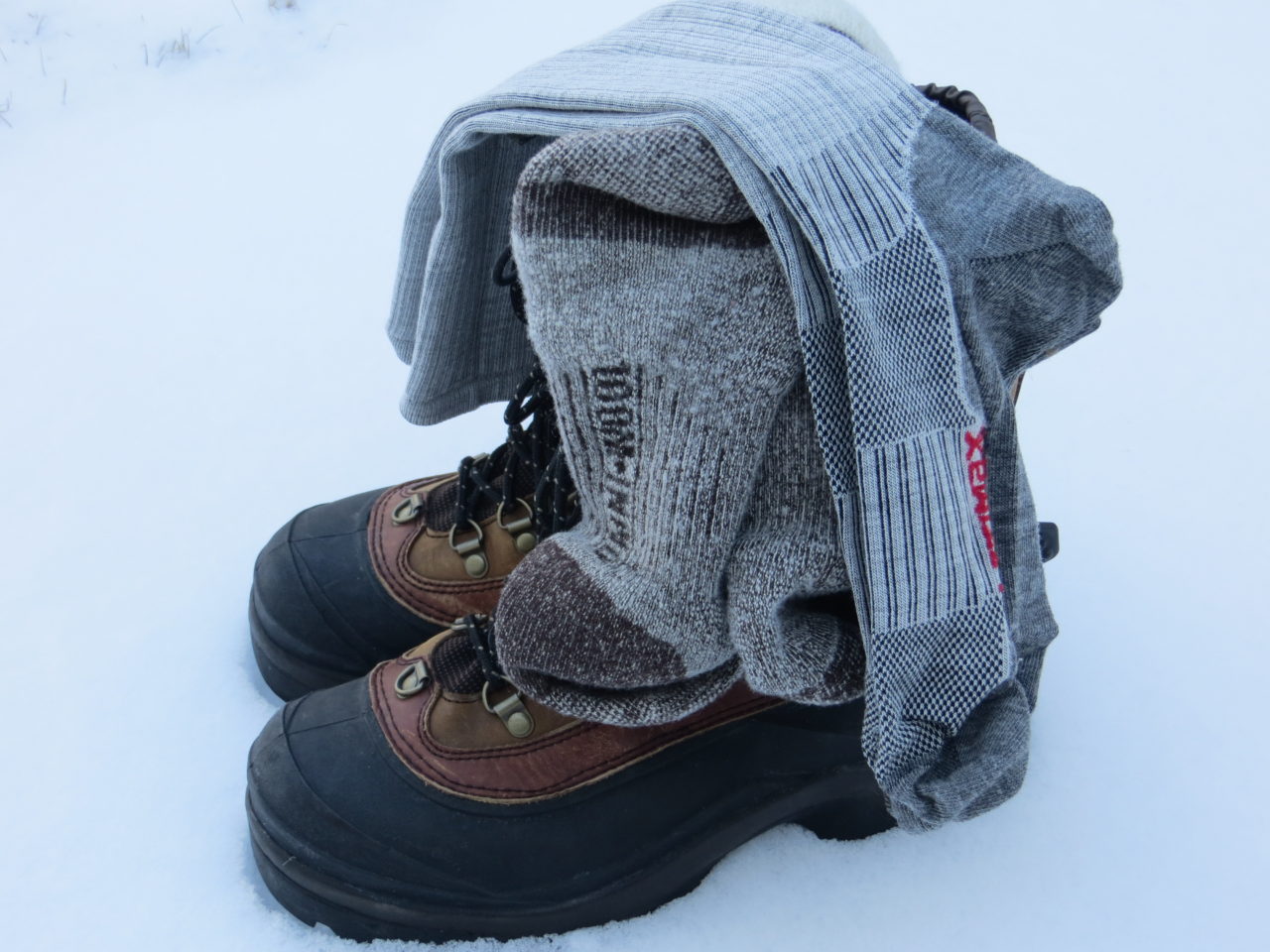
Picking the right footwear for the conditions is paramount to keeping your feet warm. Follow the same basic principles laid out in the previous installments of this series and you’ll be well on your way to keeping your feet warm and dry.
Cold Weather Basics – Handwear
I admit it. I made up the term handwear. It makes sense to me. It encompasses gloves, mittens, lobster gloves and a host of other items worn on the hands that no other term, to my knowledge, comprises.
Now that we have that out of the way … let’s deal with the challenge of keeping your hands warm and dry in the cold. It seems that I hear more complaints about cold hands than any other body part. All the same principles discussed in previous articles apply. Use a Base Layer, i.e. a glove liner, to wick perspiration away from your hands. Use an Insulating Layer to create loft, keep warm in and cold out. And, use an Environmental Layer to keep out the elements.
“Three gloves?” you ask. Well, yes, if you’re out in extremely cold conditions or fairly cold conditions but not moving. Movement keeps your entire body warmer and that warmth will extend to your extremities.
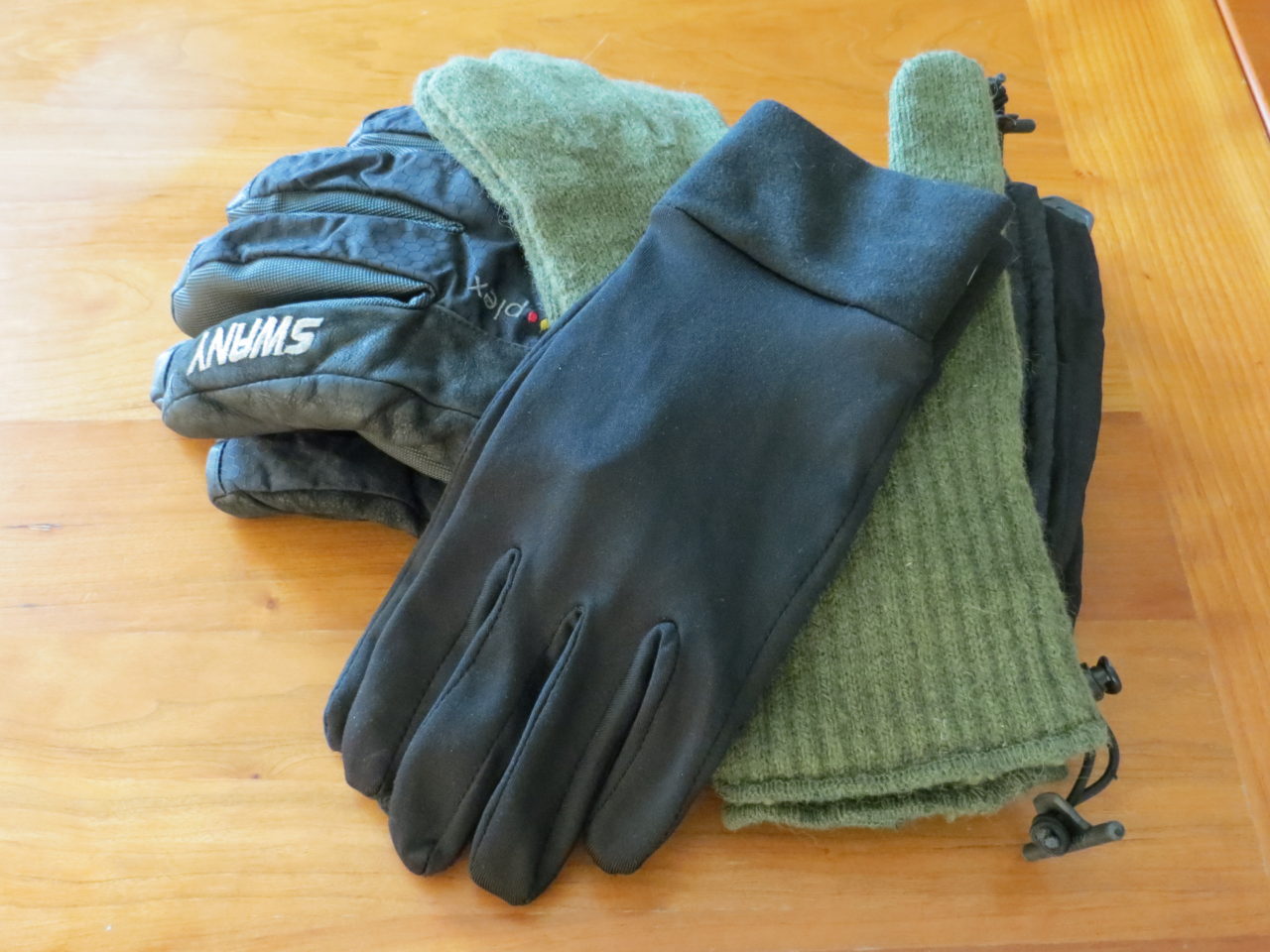
Dexterity is an issue. Gloves provide more dexterity while mittens provide more warmth (larger air barrier than gloves). Everything in life is a trade-off.
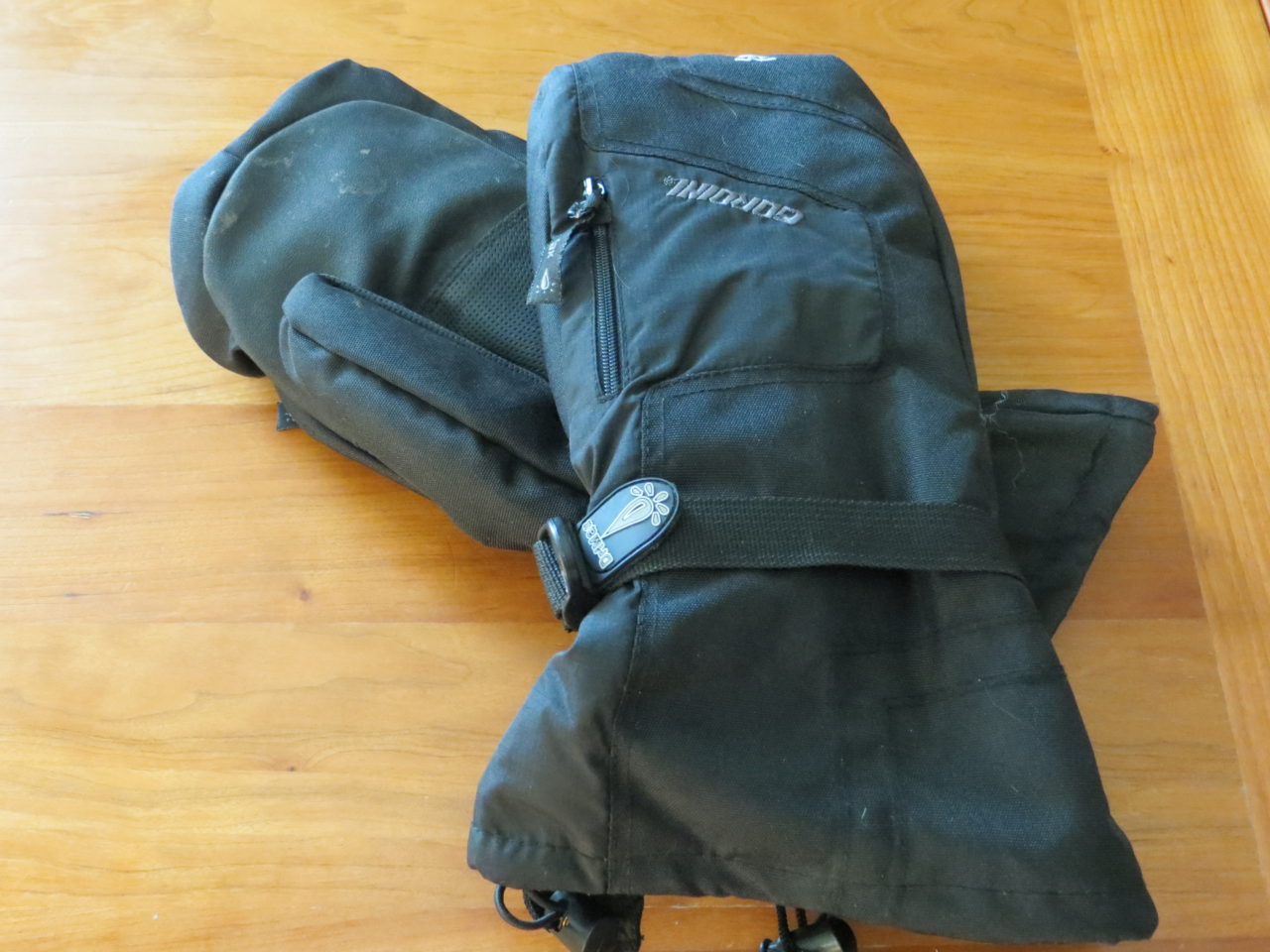
Fortunately, necessity being the mother of invention, several companies have come up with a product category called “lobster gloves”. These gloves are really a cross between an glove and a mitten that ends up looking a lot like a lobster claw. Instead of encompassing all four fingers in a single air barrier space, the space is divided into two sections. Lobster gloves provide much of the warmth of mittens with a good dose of dexterity.
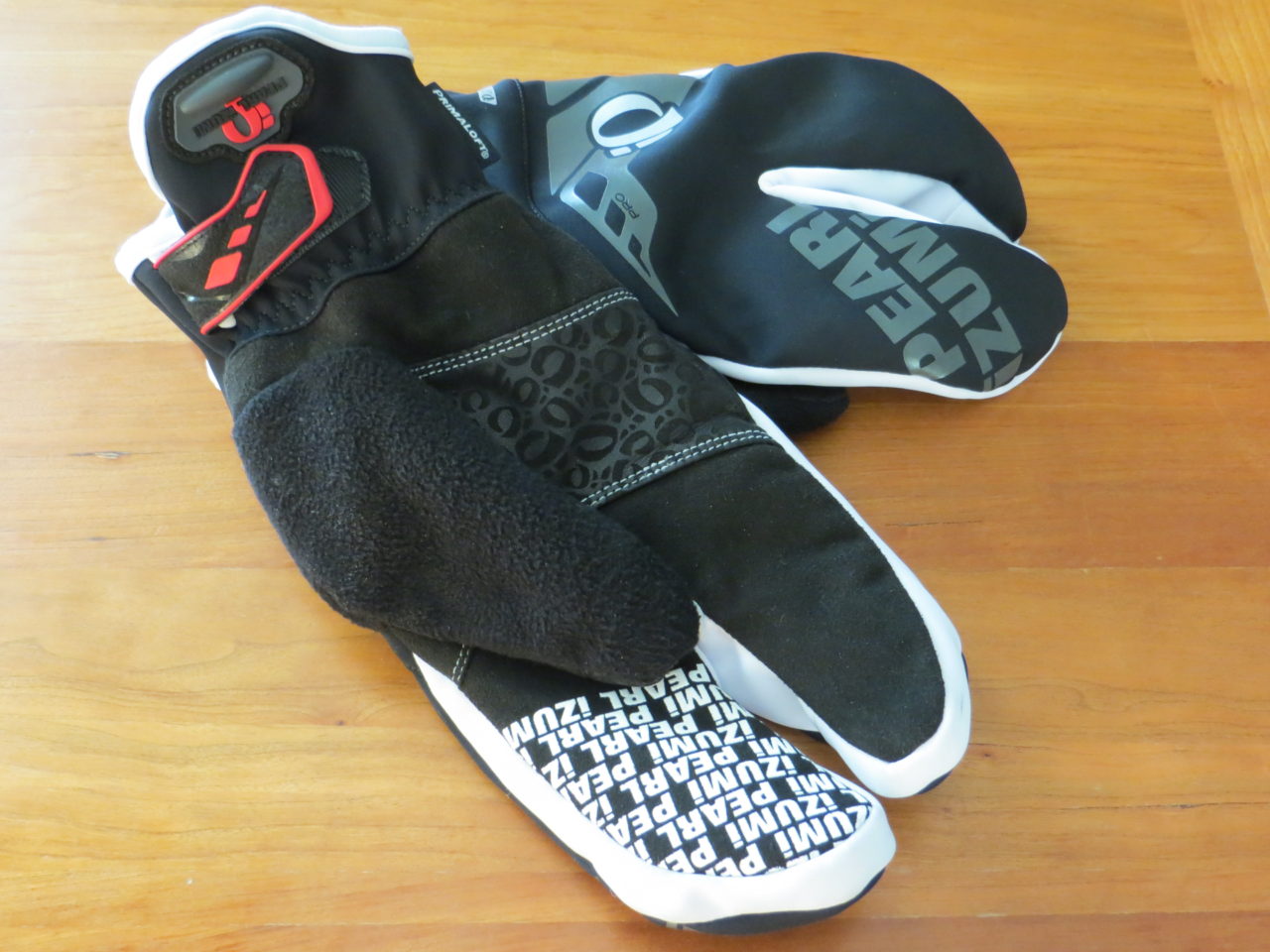
Cold Weather Advanced – Heat Reflecting Fabrics
Heat reflecting fabrics have been around for a while. I bought my first pair of heat reflecting glove liners and sock liners probably twenty years ago. Not much has changed, as far as the technology goes, but heat reflecting fabrics have seen a rise in popularity over the last few years. Columbia’s Omni Heat® product line is largely responsible for this gain in popularity.
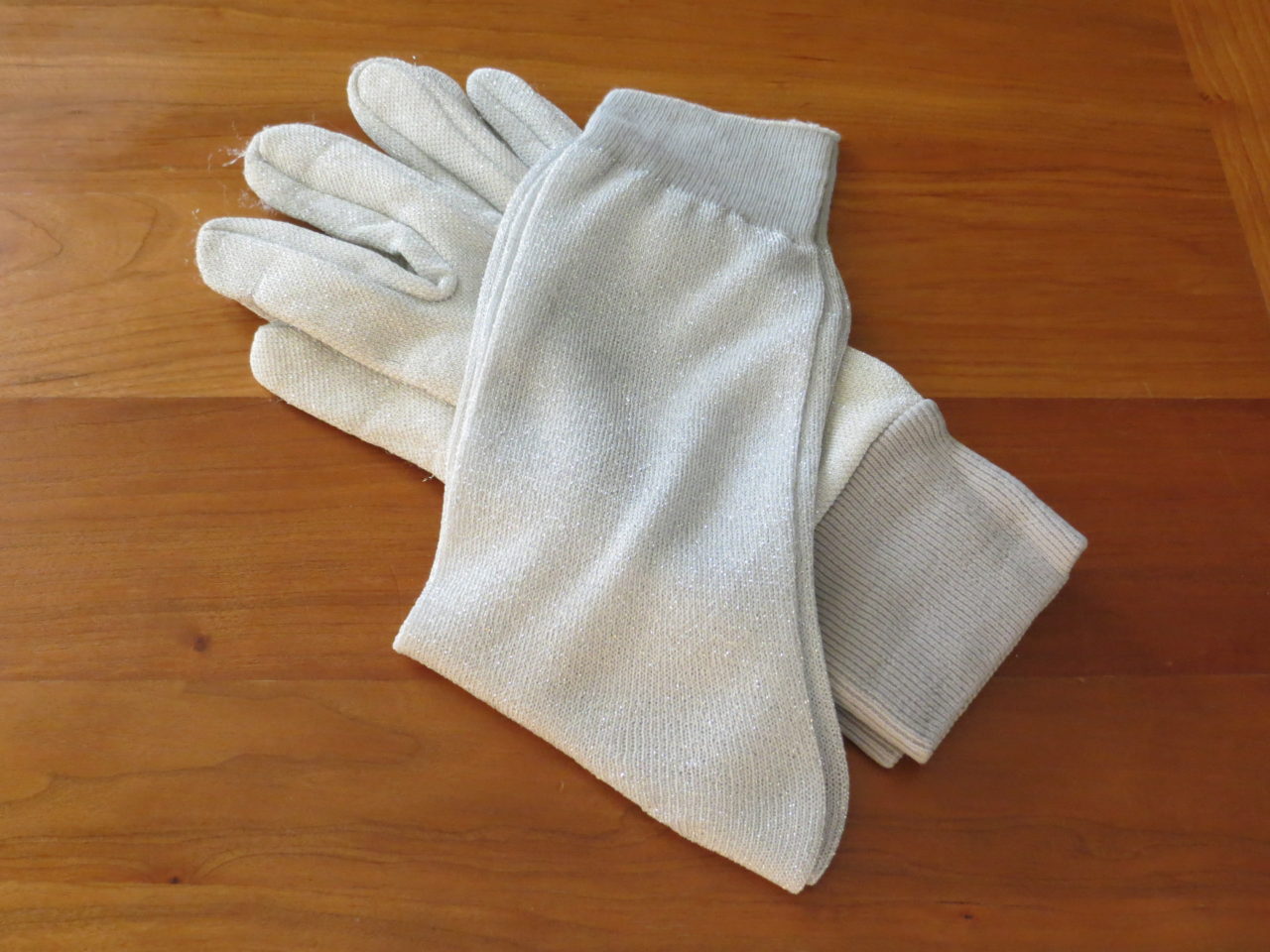
Heat reflecting fabrics typically have thin, shiny metal threads woven into the main fabric. The metal threads act like a reflector bouncing your body heat back at you (much like a ‘space blanket’ does). The technology is interesting. I can definitely vouch for its effectiveness but there are some drawbacks.
The metal threads in heat reflecting sock liners will quickly cause blisters for hikers and runners. Often, the main fabric of these garments is not particularly durable. I’ve found that the glove liners tear easily. Columbia has done a good job of minimizing most of these problems with their Omni Heat® lineup. I’m going on two years with my Omni Heat® coat and beanie with no problems.
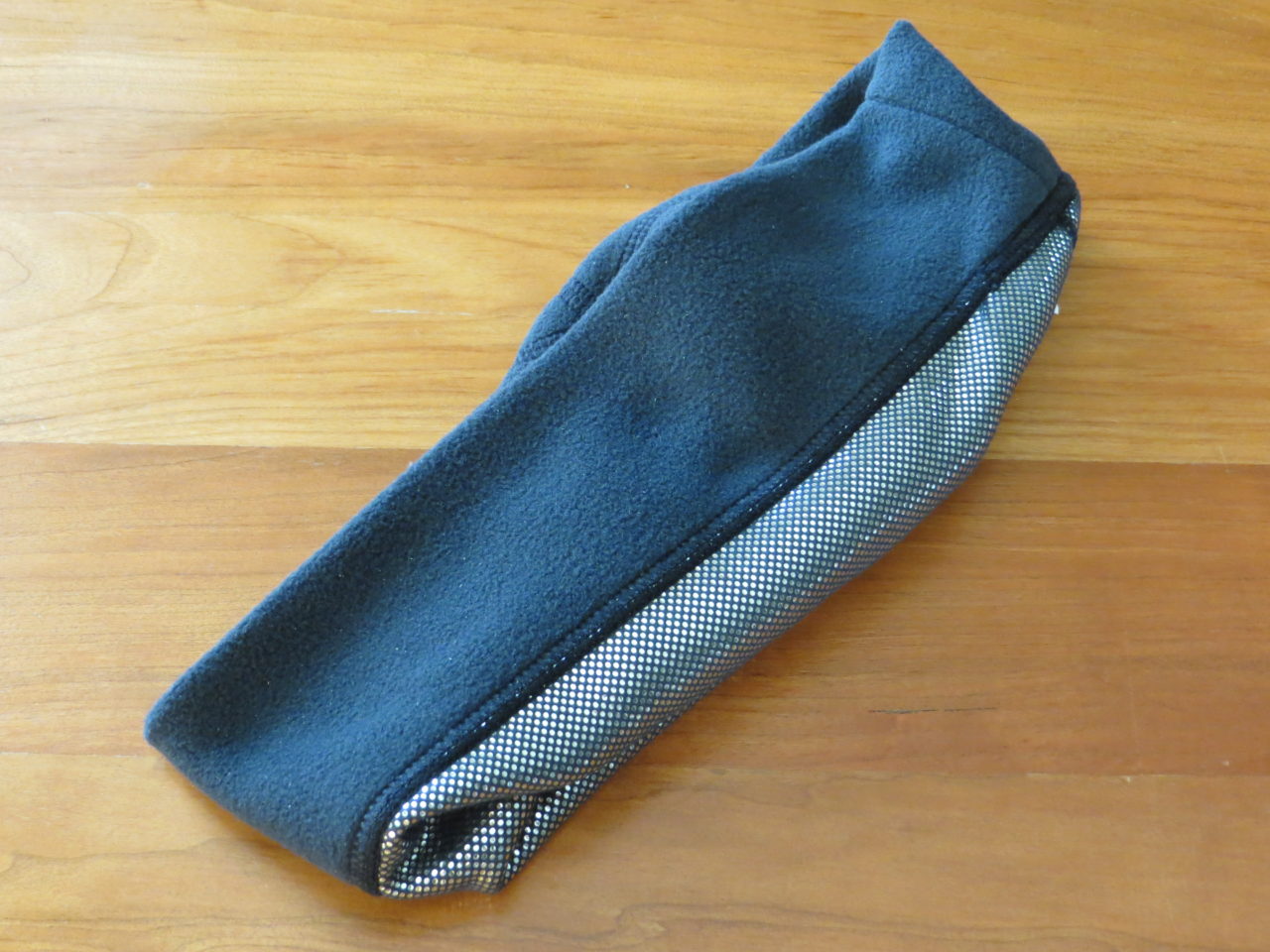
Well, that pretty much sums it up. If you want to keep warm when it’s cold outdoors … stay indoors. If you don’t mine a little bit of cold, bundle up in layers and take advantage of technologies like Columbia’s Omni Heat® to keep you relatively warm in absolutely frigid temperature.

